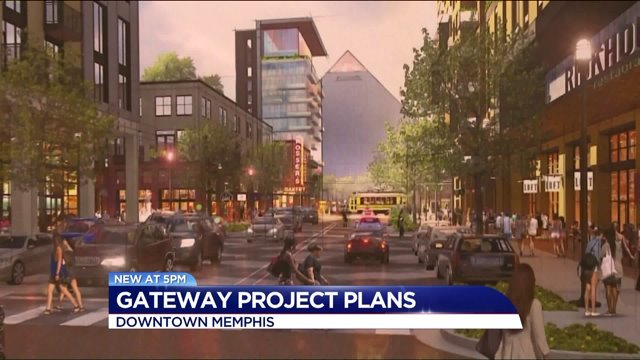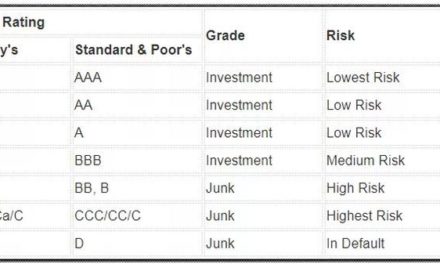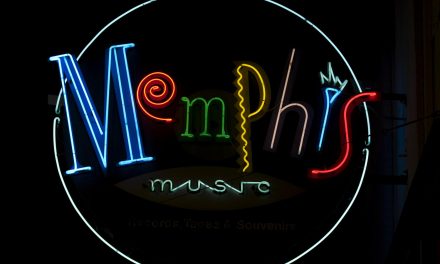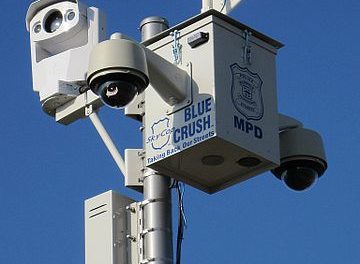When The Commercial Appeal can write an article riddled with mistakes about the Tourism Development Zone like it did last week, it seems a good time to separate fact from fiction.
Formally called Convention and Tourism Development Financing Act of 1998 (Tennessee Code Annotated 7-88-101), the concept behind the law is to capture incremental sales tax revenues generated by a new project to pay for the same project.
It operates similarly to Tax Increment Financing (TIF) districts, but instead of using incremental increases in property tax, the TDZ involves with sales taxes.
As we’ve written before, we prefer TDZ and TIF funding as incentives to PILOTs, because unlike that tax waiver, with a TDZ and TIF, the incentive being generated for the company is being produced by the company itself rather than being paid by homeowners and small business owners.
Getting It Straight
Put simply, the fundamental errors in the Commercial Appeal article are first, that the $200 million (using the amount in the article) exists independent of the TDZ project, and second, that the $200 million in TDZ revenues could be spent any way the City of Memphis desires.
Both couldn’t be farther from the truth. They are flat wrong.
State law strictly limits how the money produced by a TDZ project can be spent, because the law was passed by the Tennessee Legislature to increase the state’s tourism and convention business. And it can only be undertaken after the project is approved by the State of Tennessee, and in Memphis, today, those are the Memphis Cook Convention Center, Pinch Historic District, and Pyramid.
The TDZ creates a funding source whose revenues can only pay the annual costs of bonds that fund the capital costs of approved projects. For example, to issue $200 million in bonds, the yearly bonded indebtedness is about $13 million a year.
It Can’t Be Done
The TDZ law has been used across Tennessee to build projects, but only once in West Tennessee with the Pyramid project. In fact, it’s the source of more than $1.2 billion – yes, billion – of projects in Nashville, as well as convention facilities in East Tennessee.
Or to put Memphis’ existing downtown TDZ into perspective, its $200 million ($85 million for Bass Pro in The Pyramid, about $15 million to remove the Lone Star concrete plant, and the rest was allowed the city to buy out the county’s half ownership of the convention center) is less than the next cheapest TDZ project – $280.3 million for the Chattanooga Riverfront and Convention Center and a long way from the most expensive – $664 million for the Nashville Music Center Convention Center.
The Commercial Appeal article suggested several ways that $200 million might be spent by City of Memphis, including the purchase of the vacant 100 N. Main or to pay for more crimefighting, for neighborhood redevelopment, for advertisements to be published in Seattle, New York, or Atlanta or for tourism programs or just to put the $200 million in the bank to weather another recession.
There’s only one problem. TDZ money can’t legally be used for any of those purposes.
No Project, No Money
Come to think of it, even if the $200 million were financed from regular city taxes and not the TDZ, they still couldn’t be used for operating costs or money for outside agencies, because that isn’t legally permissible. Municipal bonds are to pay for large, expensive, and long-lived projects like roads, building construction, major equipment, and public facilities.
That said, the CA article is reminiscent of comedian Steve Martin’s 1978 Saturday Night Live monologue: “You…can be a millionaire…and never pay taxes! You can be a millionaire and never pay taxes! You say, ‘Steve, how can I be a millionaire and never pay taxes?’ First…get a million dollars.”
Apparently, the $200 million in the CA article is conjured up the same way. It doesn’t exist now, and it won’t exist unless the TDZ project is developed.
In other words, the answer to a Commercial Appeal question – is it a good idea to devote future tax revenue to redevelopment of the Fairgrounds? – missed the main point entirely because the future revenues are only created if there is a project, not to mention once again that the TDZ can only be spent on approved projects.
More Money For City and State Every Year
And the phrase, future tax revenues, can be misleading as well because the TDZ doesn’t capture all sales taxes – only the incremental increase – and contrary to widespread opinion, taxes paid to city and state grow every year.
That’s because the TDZ doesn’t simply gobble up all the growth in sales taxes revenues. Rather, when the bonds are issued, a baseline is set for the amount of sales taxes being received at that point and only above that baseline will be collected to pay for the TDZ project.
But it’s not even that simple. Every year, the baseline is recalculated and increased by percentage increase of the countywide sales growth. For example, if Shelby County’s overall sales taxes grew by 5%, the baseline would be increased 5% and only the increment above that amount would be collected to pay for the TDZ bonds.
In other words, the amount of sales taxes being received from City of Memphis and State of Tennessee is not frozen once the TDZ is set in place. Rather, both governments get more sales tax money each year.
Major Benefits
But here’s the reason that the TDZ is such a valuable source of funding: 75% of the sales taxes being collected and invested in Memphis is the state portion of the 9.25% tax rate, and while the newspaper article said the previous Fairgrounds proposal encompasses a “wide swath” of midtown, it was three square miles.
Some critics of the Fairgrounds suggested the zone was gerrymandered, and yet, the three square miles are set out in the law as the optimal size. That’s why the TDZ’s in other cities are three square miles, including one in the heart of downtown Nashville as well as another at Opryland and others in Sevierville, Pigeon Forge, Knoxville, and Chattanooga.
It is a curiosity to us that some people who opposed the previous concepts for the Fairgrounds also campaigned against a Tourism Development Zone. It’s hard to understand why anyone would want to take a major funding source like the TDZ off the table. After all, if you still want city government to pay for a reimagined Fairgrounds, it would have to be bonds paid by city taxes.
Another benefit to city taxpayers is that if a TDZ is approved for the Fairgrounds, city government can be reimbursed for the more than $50 million spent for Tiger Lane and the major improvements to Liberty Bowl Memorial Stadium.
One More Time
The Commercial Appeal wrote: “In a city worried about its tax base, any discussion about the Fairgrounds has to begin with what is the best use of public money.” That is unquestionably true, which is why it’s hard to think that city government should forego a funding source that benefits city taxpayers as much as the TDZ does.
Not to belabor the point, but we’ll say it again: if there is no TDZ project, City of Memphis does not magically have more money because without the project, the increment in sales taxes doesn’t even exist and there is no money to pay the cost of the bonds.
Footnote: the article quoted a Coliseum advocate as saying the previous city administration of A C Wharton said the 53-year-old former arena should be torn down. Actually, the conclusion that the building should be torn down dates back to the 1990s, and if not for a “runaway” Coliseum Board, it would have been.
***
Join us at the Smart City Memphis Facebook page for daily articles, reports, and commentaries relevant to Memphis and the conversations that begin here.







Thank You! It is refreshing to see responsible reporting on this topic. As you point out, the TDZ provides additional revenue to the City that it would not have otherwise received from the State. We need all the resources we can get!